The Production of Wine in Abkhazia: A Traditional Craft and an Industrial Business

Nikolai Achba (left), a third-generation winemaker and former general director of Wines and Beverages of Abkhazia LLC.
Wine production is one of the most prevalent industries in Abkhazia, and this beverage is an essential part of all festive events in the republic. In this article, Badrak Avidzba delves into how wine is produced on an industrial scale and what materials are used in the process.
It all starts with vineyards
Winemaking is a traditional craft of the people of Abkhazia. Along with being an integral part of the peasant way of life, there is also a thriving wine industry in the republic.
We visited the oldest winery in Abkhazia, -"Wines and Beverages of Abkhazia", to witness the entire production process of this noble drink.

Grape harvest in the village of Achandara
We were welcomed by Zhanna Asaturyan, a chemist working in the production laboratory, who guided us through the various workshops and explained the grape transformation process, from fruit to fragrant drink.
The process commences with the collection of grapes from the enterprise's vineyards, which begins in mid-August. At present, the winery produces wine from grapes harvested the previous summer.
Prior to collecting the juicy clusters, experts assess the grapes' ripeness level, which can vary based on the variety and region of origin. For instance, white grapes ripen faster than red grapes.
In white wines, the acidity level is evaluated, while the content of phenolic substances is examined in red wines. Experts extract samples, examine them in the lab, and based on the outcomes, provide suggestions to the agronomist. The agronomist decides whether to harvest the grape based on these recommendations.
According to Zhanna Asaturyan, once the decision has been made to harvest the grapes, they are carefully collected and transported to the enterprise for processing. The grapes undergo various stages of technological processing, including fermentation, which is a crucial step in the production of wine. However, even after fermentation is complete, the wine is not yet ready for consumption. It must be left to stand and age, allowing it to become lighter and develop a more complex aroma and taste. This process is essential for the formation of the wine's bouquet, which is a crucial component of its overall quality.
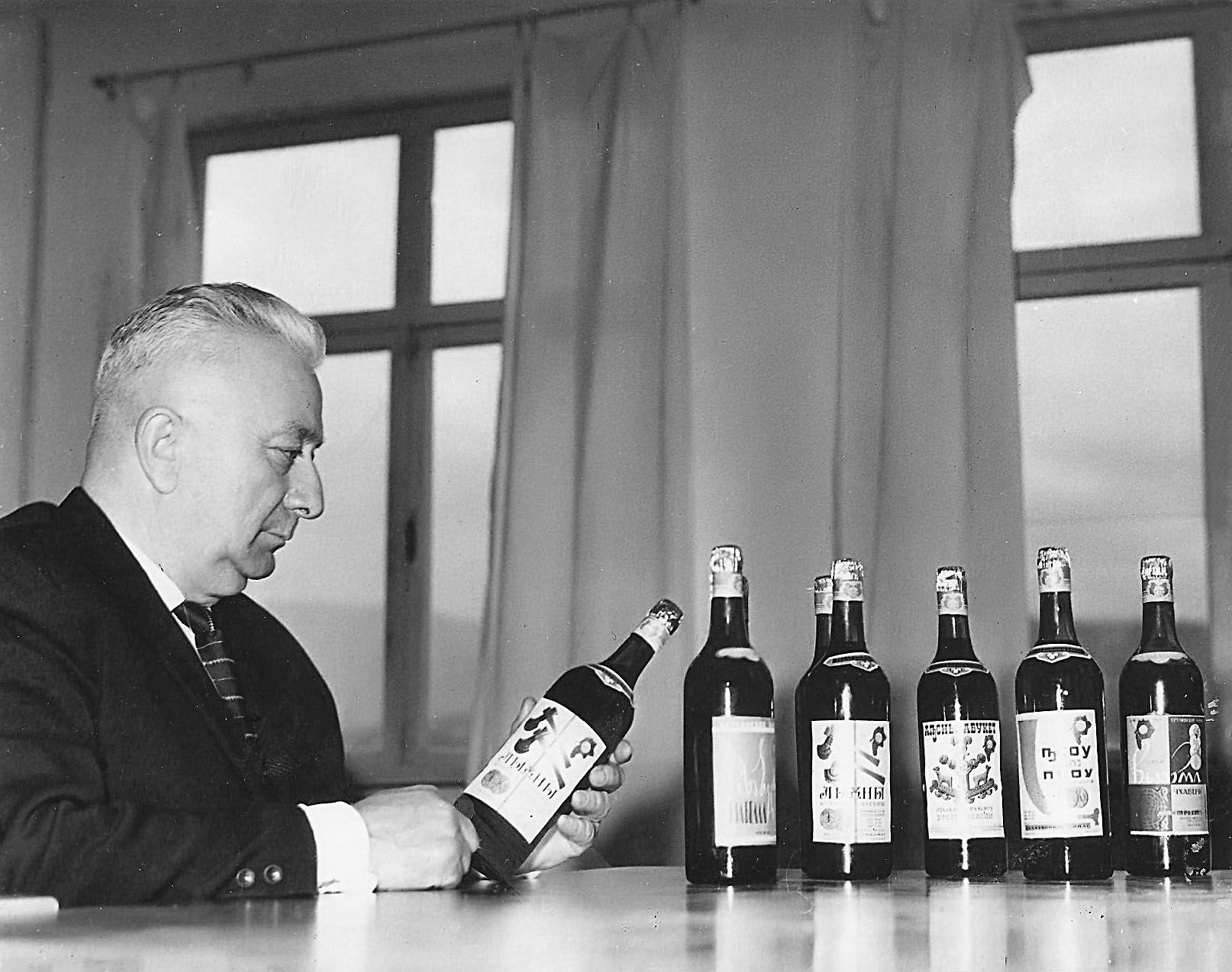
Nikolai Achba, a third-generation winemaker and former general director of Wines and Beverages of Abkhazia LLC.
+ History of Winemaking in Abkhazia
+ Traditional drink: head of the Union of Wine-makers of Abkhazia on the development of the industry
During a tour of the enterprise, an employee showed the initial stage of grape processing after harvesting - the scales. Next to the scales is a bunker where the grapes are delivered after being weighed. The bunker is where the process of grape combing occurs, which involves separating the berries from the branches. Once the berries are cleaned, they are transported by conveyor to a container where the fermentation process begins. This process typically lasts between 10 to 15 days.

According to Zhanna Asaturyan, wine production is a time-consuming process. For instance, a wine like "Ashta Lasha" requires at least a year of aging in a barrel. After aging, the wine is drained and analyzed for physicochemical and organoleptic indicators. A decision is then made on how to blend the wine. It can take anywhere from a year to a year and a half to produce a single type of wine. However, some wines are simpler and can be produced in a single season and bottled as young wines in the new year.
How wine is produced
In addition to using locally grown grapes, Zhanna Asaturyan noted that the enterprise also incorporates wine materials imported from Moldova and Spain in their production process.
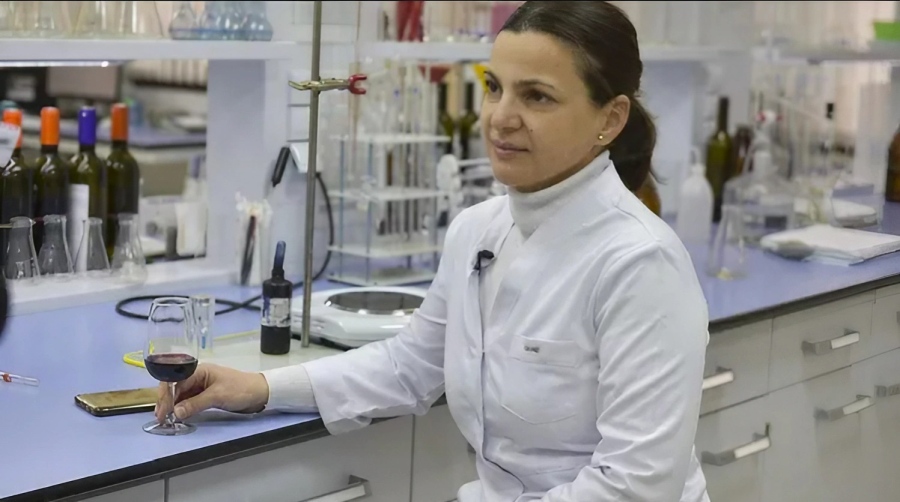
"This is a well-known practice that is also used in Europe, where they can buy wine material from various plants. Therefore, we are not hiding this fact from anyone, but every year we are increasing the plantings of our own vineyards, we are trying to use more and more of our local material in blends of white, red, and semi-sweet wines," she added.
To support her words, Asaturyan highlighted the composition of various wines. For example, "Lykhny" is comprised of 30-40% local grapes, while "Chegem" is made up of 50-60%. In contrast, "Ashta Lasha," "Atauad," and "Dioscuria" are produced entirely from Abkhazian grapes, demonstrating the enterprise's commitment to using locally sourced materials wherever possible.

+ Wine & Spirits of Abkhazia
+ Drones Changing The Wine-business
"The area of vineyards in different regions is 1500 hectares, of which about 600 hectares are fruiting. We have a lot of areas for planting, they are located in the villages of Gumista, Pshap, and Kyndyg. We supply our products to the Russian market. Our products are checked, we monitor the quality of the material during and before the season. We have discussions with technologists, go to the places where we buy wine material to ensure that it meets all the requirements for organoleptic, physicochemical, and safety indicators," she said.
Asaturyan noted that every year "Wines and Beverages of Abkhazia" conduct comparative tastings, for which they purchase products from Russian and European manufacturers.
Production Features
In one of the workshops of the enterprise, Zhanna Asaturyan talked about some of the peculiarities of wine production, in particular the use of bentonite, which is ordinary clay. It is used to clarify the already prepared wine material, which will be used for blending.
"A 20% solution of bentonite is prepared, brewed in hot water, and the next day it is added to the wine material. The clay cleans the wine and makes it transparent, stabilizes the colloid system inherent in red wines. Bentonite is also used to treat white wines against protein haze," she explained.
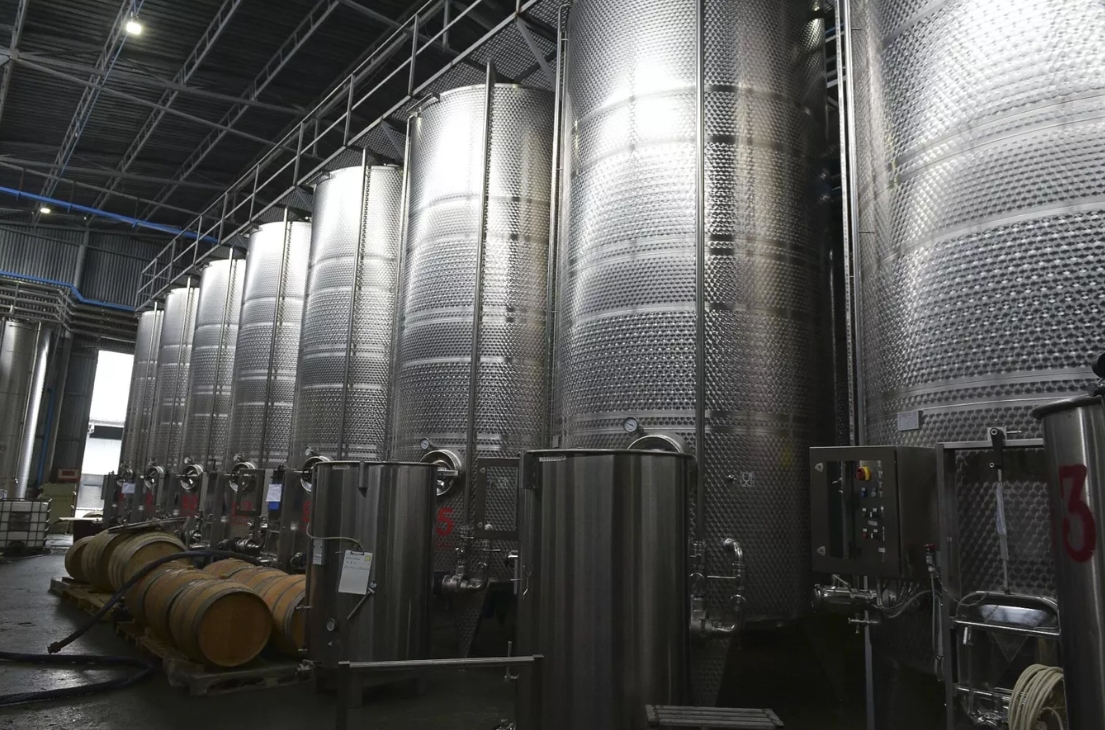
Once the wine material completes the fermentation stage, it proceeds to the press where the grape juice is squeezed out. The pressed juice is then distributed to willing peasants who use it to make chacha, a strong grape-based alcoholic beverage.
After pressing, the wine is stored and clarified in a container at a specific temperature determined by the technologist. Additionally, partial storage of the wine occurs in barrels located in the primary winemaking workshop.
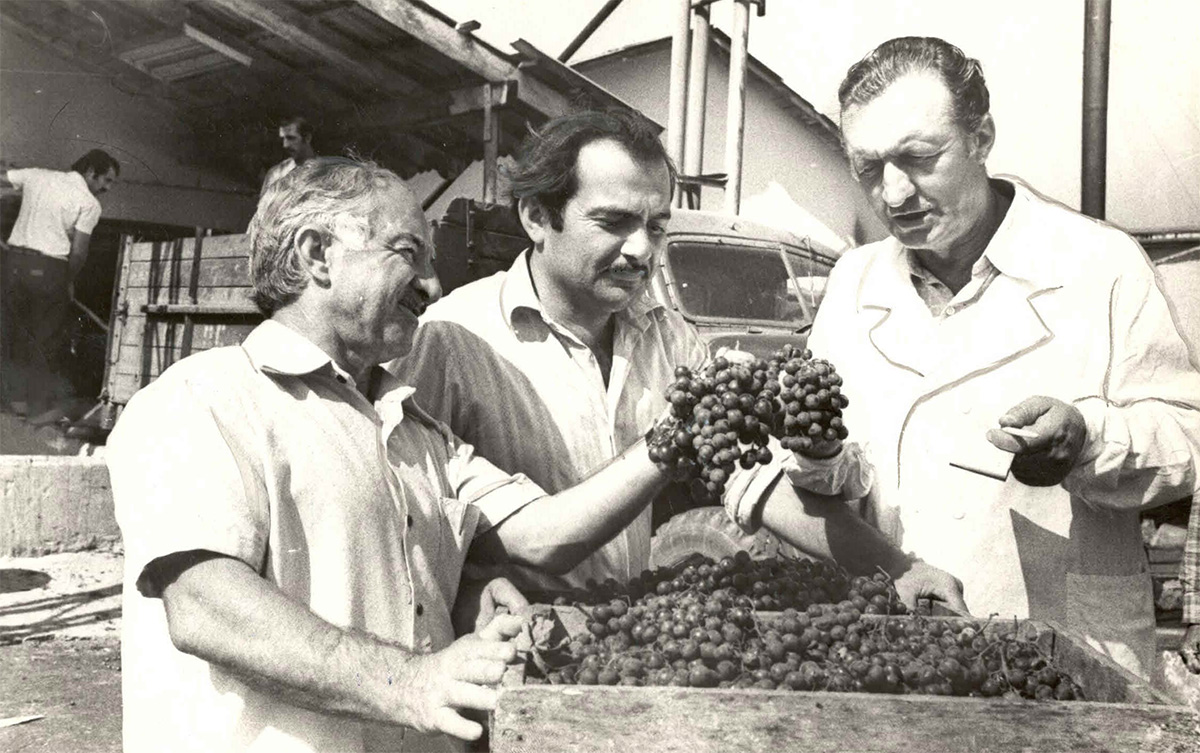
Wines and Beverages of Abkhazia archive.
After the wine material is prepared, the majority of it is sent to the storage and processing workshop where it undergoes multiple filtration stages.
Once the wine is finished, it is forwarded to the bottling workshop where two lines are currently in operation. This workshop handles all products produced by the plant, and some of the finished products are kept on-site to be supplied to the local market. Meanwhile, the rest of the products are exported to other countries.
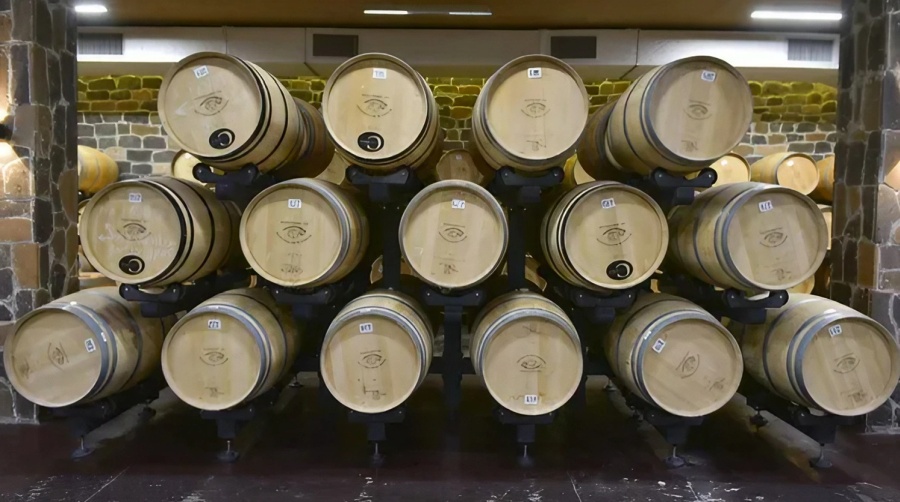
The main grape varieties used to produce wine in Abkhazia include Cabernet Sauvignon, Merlot, Chardonnay, Odzhaleshi, Saperavi, and various types of Isabella. The Isabella grape variety is used to make the most popular wine sold in Russia, called "Lykhny."
"Wine is popular, and people love it. Therefore, we strive to maintain the quality of our wine at a high level. Our leaders have also initiated a project to cultivate vineyards of indigenous grape varieties," explains Asaturyan.
The vineyards planted as part of this project mainly grow Kachich, Amlakhu, and Achandara red grapes. The products made from these grape varieties undergo testing, and the company plans to develop this area of production in the future.
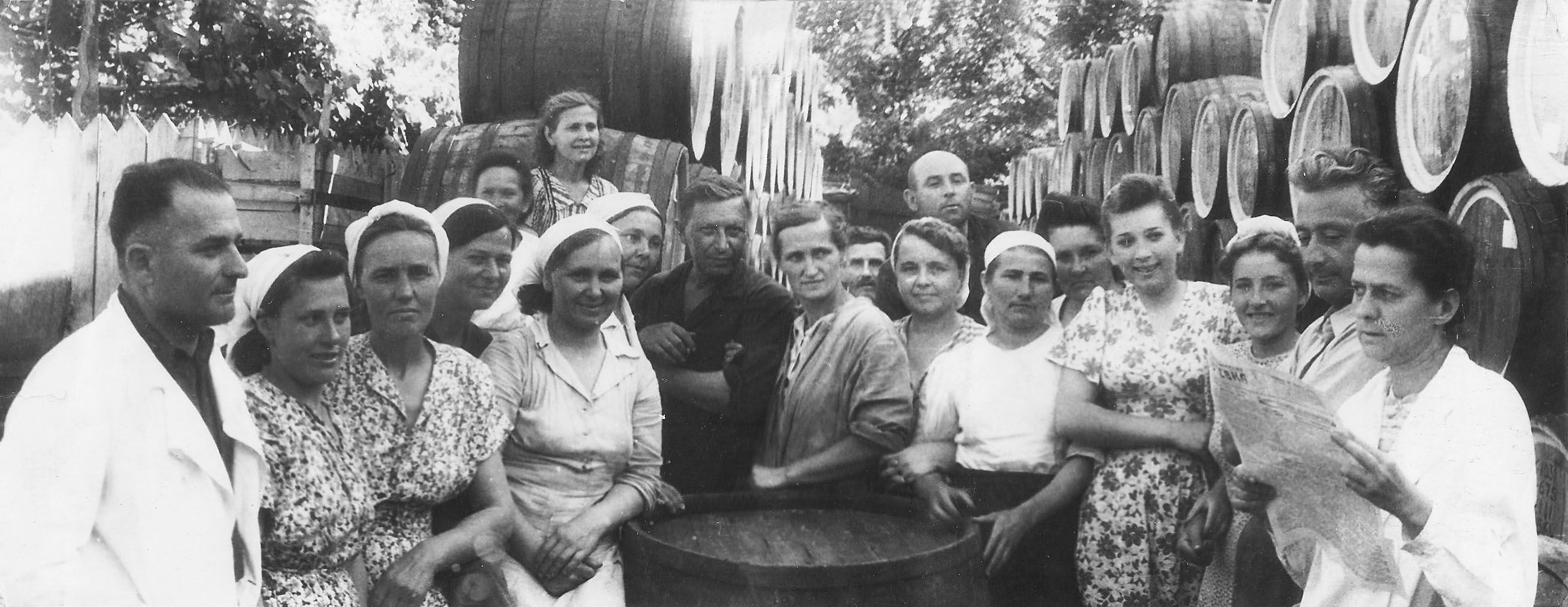
Wines and Beverages of Abkhazia
When the "Wine and Beverages of Abkhazia" factory was built in 1924, it was known as the "Abkhaz Wine Garden." Over the years, however, the name changed several times while the wines produced there retained their reputation for exceptional quality. Brands like "Lykhny," "Apsny," "Psou," "Dioscuria," "Bouquet of Abkhazia," "Amra," "Chegem," "Eshera," and "Anacopia" have been popular since the Soviet era and continue to be produced to this day. Additionally, the factory is constantly striving to create new, high-quality wines and brandies.
Throughout its 95-year history, the factory has faced numerous challenges. During the Georgian-Abkhaz conflict, production came to a halt, and the war dealt a heavy blow to the Abkhazian economy and the Sukhum Wine Factory in particular. Vineyards were destroyed and the main funds were damaged. However, thanks to investors who believed in the factory's potential and invested in its development, production was able to resume in 1999.
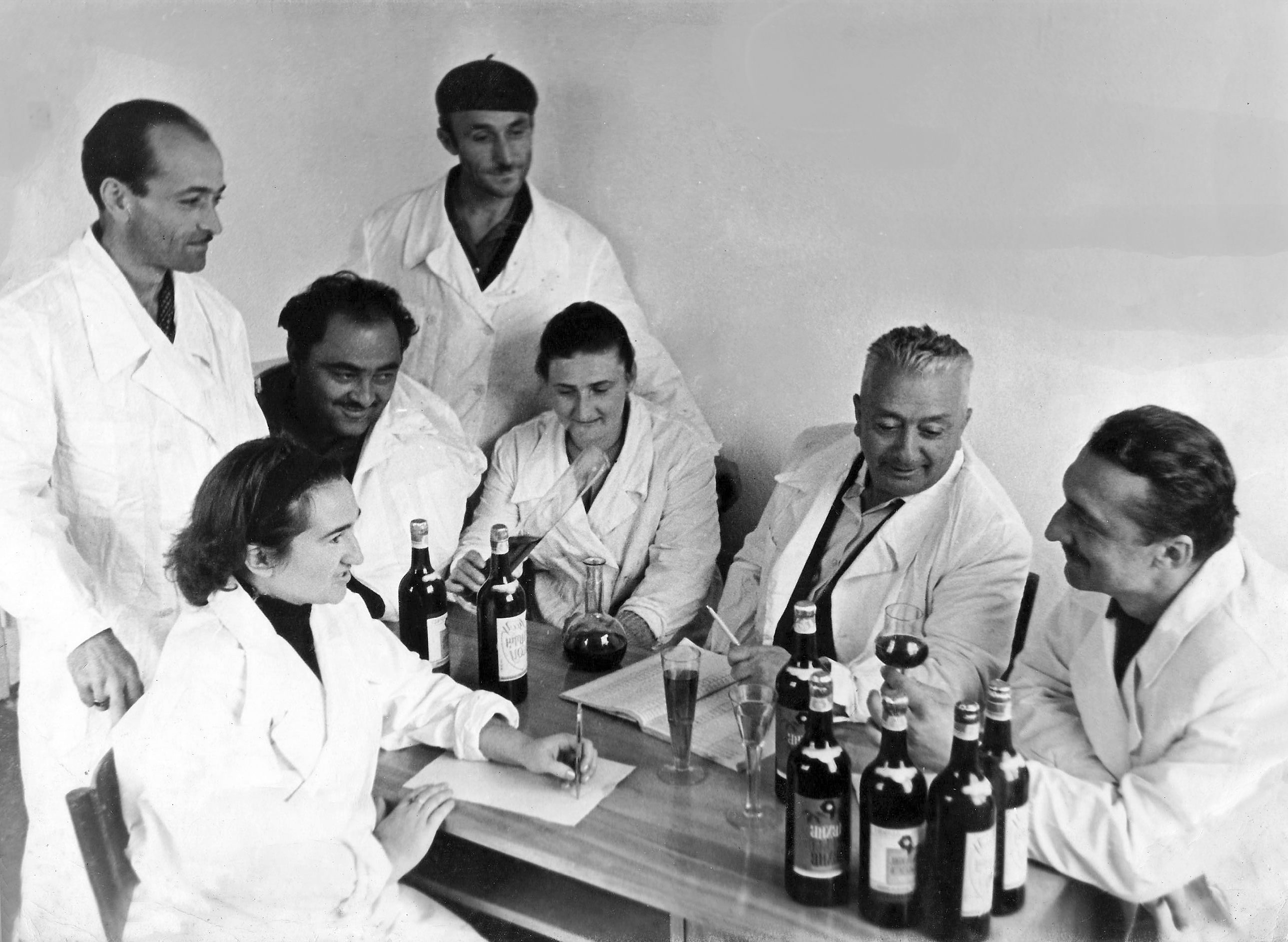
At that time, Nikolai Achba became the general director of LLC "Wine and Water of Abkhazia." Achba, a third-generation winemaker, worked tirelessly to rebuild the factory and equip it with the latest European equipment. Over time, vineyards were also restored, and around 50 varieties of grapes were planted. Specialists carefully selected the most suitable varieties to grow in the Abkhazian climate and conducted breeding work, based on time-tested European varieties.
Initially, production was limited to small batches of 100-200 thousand bottles per year. However, the factory gradually increased its capacity, and now produces 28 million bottles per year, making it the largest Abkhazian exporter of wines to the Russian market. The factory employs about 260 people, with 99% of the workforce consisting of indigenous locals.
Despite the challenges it has faced over the years, the "Wine and Beverages of Abkhazia" factory remains a testament to the resilience and determination of its employees and investors. With its commitment to quality and innovation, it is poised to continue thriving for many years to come.